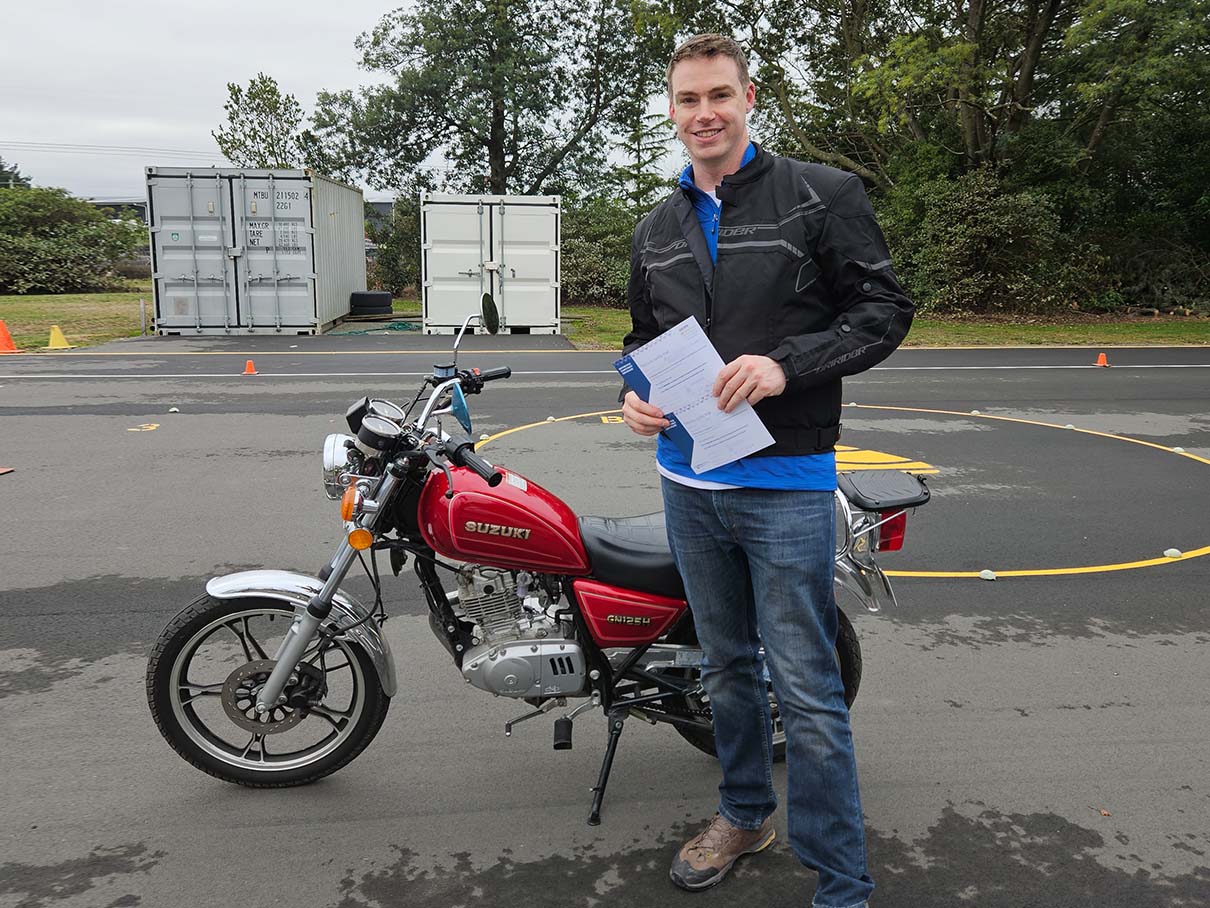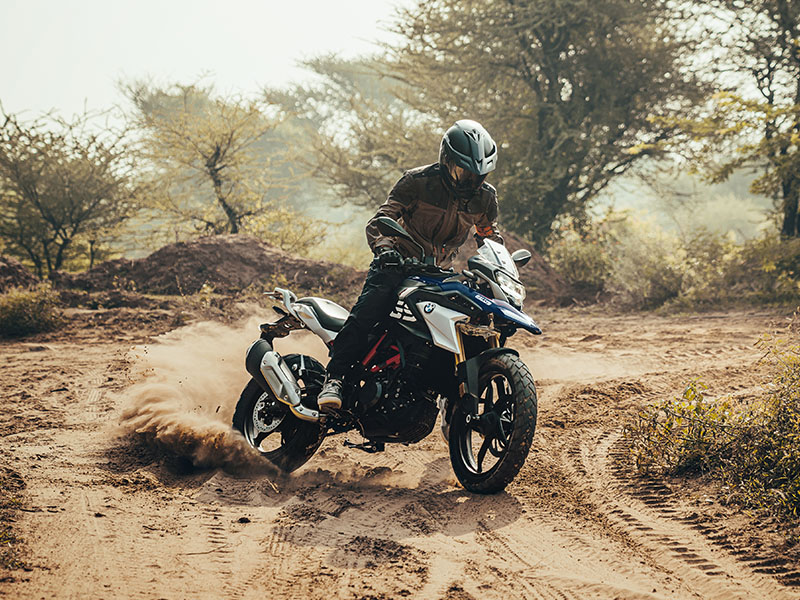5 Tips to Help you Pass a Motorcycle Basic Handling Test
I’m proud to say that I’ve recently passed my motorcycle Basic Handling Skills Test (BHST) in New Zealand, with a huge thanks to Jo at Ornsby Motorcycle Training. This post is in no way supported by or endorsed by Ornsby, I just have to give them a shoutout as their training was so instrumental to me passing this test.
The basic handling test was on my second ever lesson, and the second time ever touching a motorcycle. This seems to be pretty unique in New Zealand and is what left me feeling very low in confidence after my first lesson with another provider.
Many New Zealanders, especially in the South Island, seem to have been born on a motorbike. They had them on their farms, family members had them, or they otherwise had access to both motorcycles and private land on which to drive them without a licence in their early years. By the time they sit their course, they’re already comfortable on a motorcycle which means it’s far easier to take on each required section to pass the test.
On arriving for my first course, titled for “new riders”, it felt like it was a surprise to the instructor that I’d never touched a bike before. I was literally straight onto a bike and onto the BHST course layout; a fairly tight course consisting of traffic cones and tennis balls. As a new rider, you may as well have put me at the flight controls of a 747 and told me to land at Heathrow airport.
I left that first course with a good understanding of what would be included in the Basic Handling Skills Test itself, but honestly not a lot of knowledge of how to ride a bike. Of course, I didn’t expect to pass the BHST on my first ever lesson, or even the second, but being thrown in the deep end left me feeling less confident about riding a bike.








Leave a Reply
Want to join the discussion?Feel free to contribute!